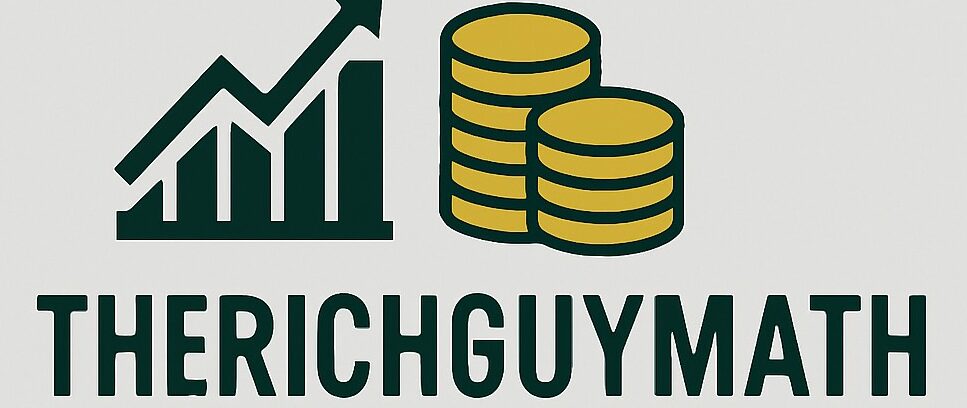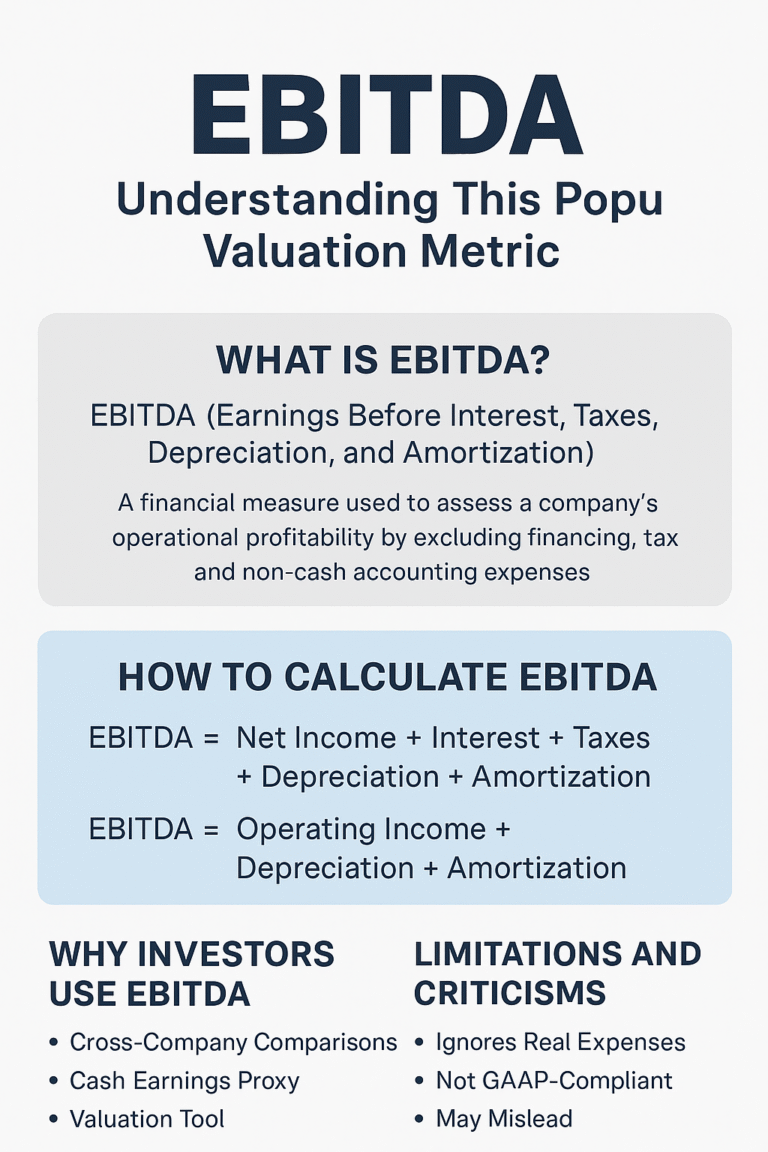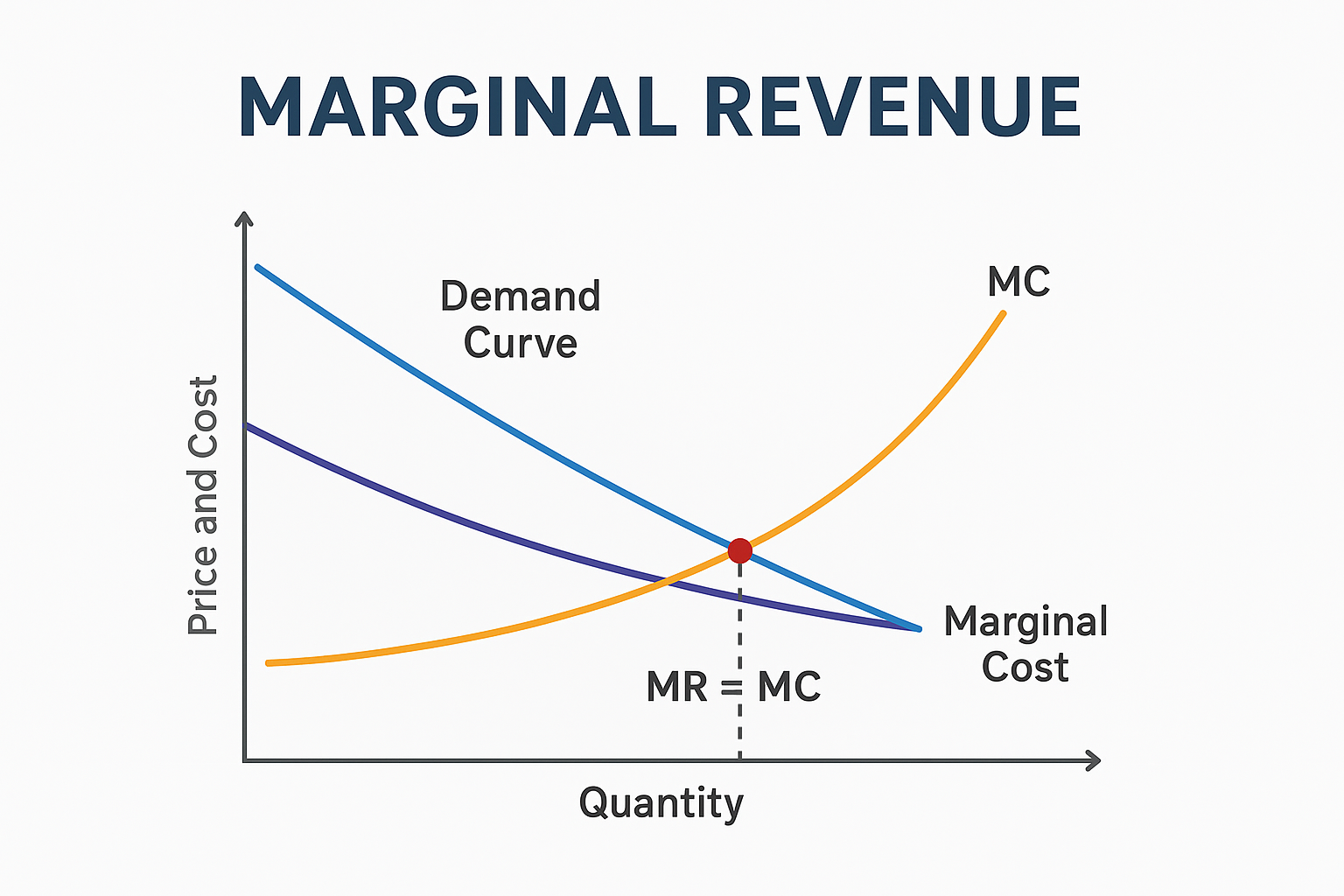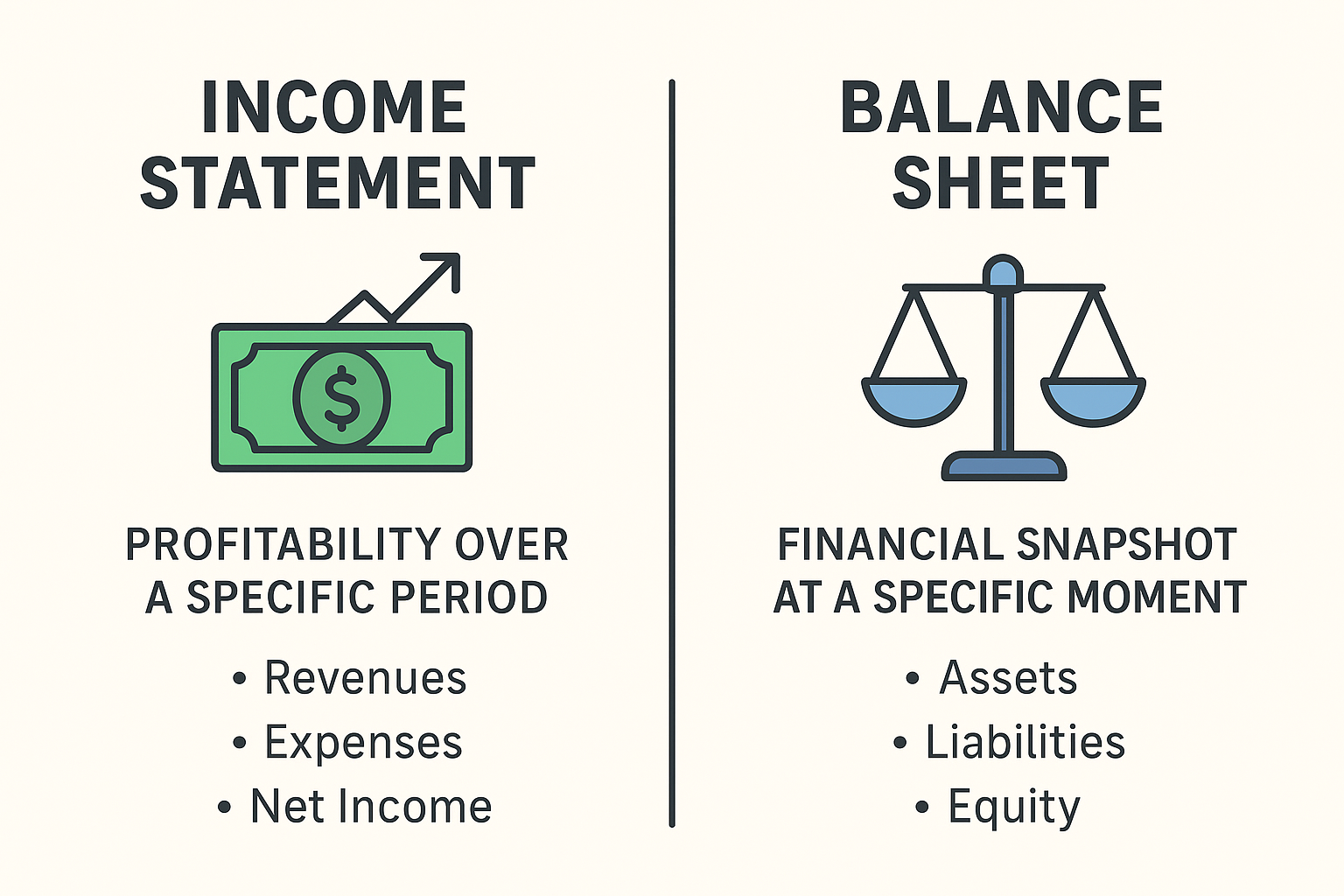An income statement, also called a profit and loss statement, shows a company’s revenue, expenses, and profit over some time. If you’ve ever wondered, “Is this business making money or losing it?” the income statement answers that directly.
By understanding how to read it, you can spot trends, evaluate performance, and make smarter financial decisions, whether you’re running a small business, investing, or simply improving your money skills.
What Is an Income Statement?
An income statement is one of the three core financial statements, alongside the balance sheet and cash flow statement. It tracks how much money comes in (revenue) and goes out (expenses), ending with the net income (profit or loss).
It’s structured in a logical order:
- Revenue (money earned)
- Cost of Goods Sold (COGS)
- Gross Profit
- Operating Expenses
- Operating Income (EBIT)
- Non-Operating Items
- Pre-Tax Income
- Taxes
- Net Income
Think of it like a financial story, from total sales to the final profit.
Why the Income Statement Matters for You
Whether you’re a business owner, investor, or personal finance enthusiast, the income statement helps you:
- Measure profitability: See if earnings are growing or shrinking.
- Control costs: Identify where expenses are eating into profits.
- Make investment decisions: Evaluate if a company is worth your money.
- Spot financial health trends: Compare performance over time.
Key Components Explained (Step-by-Step)
Revenue
The total money earned from selling products or services before any expenses are taken out.
Cost of Goods Sold (COGS)
The direct cost to produce goods or deliver services, materials, labor, and manufacturing costs.
Gross Profit
Formula: Gross Profit=Revenue−COGS
Shows how much is left after covering direct costs.
Operating Expenses
Costs to keep the business running—rent, salaries, utilities, marketing.
Operating Income (EBIT)
Earnings before interest and taxes.
Formula: EBIT=Gross Profit−Operating Expenses
Non-Operating Items
Interest income, interest expense, asset sales, or other one-time items.
Net Income (The Bottom Line)
Final profit after all expenses and taxes.
Example Income Statement
| Item | Amount ($) |
|---|---|
| Revenue | 200,000 |
| COGS | 80,000 |
| Gross Profit | 120,000 |
| Operating Expenses | 50,000 |
| Operating Income (EBIT) | 70,000 |
| Interest Expense | 5,000 |
| Pre-Tax Income | 65,000 |
| Taxes (20%) | 13,000 |
| Net Income | 52,000 |
How to Read an Income Statement Like a Pro
- Start at the top with revenue—Is it growing over time?
- Check gross profit—Higher margins mean efficient production.
- Review operating expenses—Are they reasonable compared to sales?
- Look at net income—The final measure of profitability.
- Compare across periods to identify patterns or sudden changes.
Single-Step vs Multi-Step Income Statement
- Single-Step: Lists all revenues and subtracts all expenses in one calculation. Simple but less detail.
- Multi-Step: Separates operating and non-operating activities for deeper analysis. Preferred for larger businesses.
Tips to Analyze an Income Statement
Track gross margin percentage:
Gross Margin = (Gross Profit / Revenue) × 100Compare year-over-year trends.
Use net profit margin:
Net Profit Margin = (Net Income / Revenue) × 100Benchmark against industry standards.
Common Mistakes to Avoid
- Ignoring one-time gains or losses.
- Focusing only on revenue without checking expenses.
- Not compared to previous periods.
Free Tools & Templates
You can download free income statement templates from:
Final Takeaway
Reading an income statement is a crucial skill for understanding a business’s health and making informed financial decisions. The more you practice, the more natural it becomes to spot strengths, weaknesses, and opportunities in a company’s performance.
Comparison Links:






